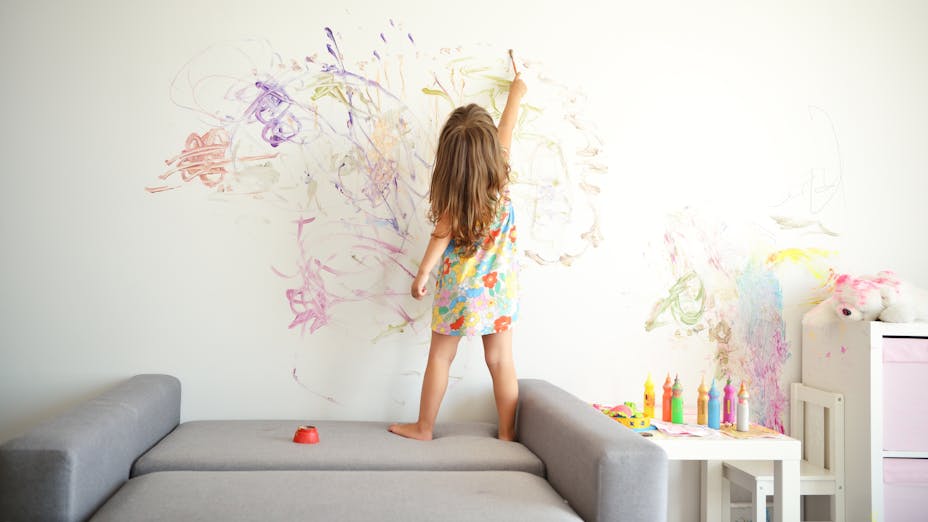How is our perspective shaped by color?
Color plays a significant role in presenting information, influencing particular moods and even impacting our decisions. Color preferences determine items we decide to purchase, the outfits we wear, and the way we decorate our living space.
While more scientific research is needed to get a better understanding of color psychology, experts can state beyond a doubt that color influences how we feel and act. But it is important to remember that colors are not interpreted in the same way around the world. Personal, cultural, and situational factors play a role as well. An example of this would be the color black. In many countries, it is seen as a symbol of death, worn at funerals to express sadness at the loss of a person, but in Africa, black is a color of masculinity and maturity.
This interesting dynamic really adds to the complexity of colors and how it is used in the design.
How does color affect people?
According to Karen Haller, the Author and leading international authority in the field of Applied Color & Design Psychology, color affects our every waking moment. Yet most of us are only around 20 per cent conscious of why we make certain color choices or decisions. These reactions are directly related to both learned associations and colors association from nature. Did you know that the further people live from the equator, the more likely they are to appreciate bright hues? In Egypt, the likelihood of yellow being associated with joy was just 5.7%, whereas in chilly Finland it was 87.7%.
Whether we recognize it or not, color can trigger an emotional or physiological response. For example, green in the workplace has shown to increase creativity in people by up to 15% and improve productivity by 6%. Blue has shown to reduce both a person’s blood pressure and the number of heartbeats per minute, where red on the other hand has shown to increase our heart rate.
"Color is one of the many ways to bring nature-inspired design into buildings, which we know can help relieve stress and mental fatigue, support focus and encourage overall mental well-being. Additionally, effective use of color can help promote a sense of calm, relaxation, and well-being, which is especially important in rooms intended for mindfulness and restoration, as well as lactation rooms for new mothers," says Emily Winer, who leads WELL Certification's Mind concept, which focuses on the promotion of mental health in buildings and organizations.

The Colors of Well-Being
Our beautiful acoustic ceilings don’t just have certified noise reduction values, they come in contemporary colors, curated by experts for today’s nature-inspired design and wellness trends. Visit our Color-All product page and reimagine your acoustic ceiling.



